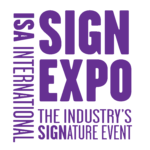Permissible Exposure Limit
OSHA implemented a permissible exposure limit (PEL) of 50 µg/M3 (micrograms per cubic meter). This is about half the current PEL for general industry and about one-fifth the current PEL for construction. This PEL is the maximum allowable exposure averaged over an eight-hour workday. OSHA is also updating the measurement method. Until now, OSHA had required a measurement method for construction that is no longer used in industry. OSHA estimates that this reduction in the exposure limit will save over 700 lives a year and 1,600 new cases of silicosis, 80 percent of them in construction. OSHA also set an “action level” at half the PEL or 25 µg/M3.
Exposure Assessment
Under the new rule, employers have to take air measurements to see if they are complying with the PEL. Representative jobs can be sampled as long as the sampled employees are those with the highest potential exposure. Samples must be taken at a job’s beginning unless the employer has monitoring data taken from a very similar operation or “objective data” showing that the exposure limits cannot be exceeded by the operation. They also must take periodic samples, unless and until exposures are below the action level. Periodic samples can be taken on a fixed schedule or on a performance basis. More samples are required when changes in process, work practices, conditions or personnel occur which could affect exposures. Samples must be analyzed by accredited labs using standardized methods. Workers must be notified of the results within five days of sampling and of the corrective actions to be taken if exposures are above the PEL. Employee representatives have the right to observe monitoring. Exposure monitoring is not required if employers follow the controls required in Table 1 of the standard.
Regulated Areas
Any area where the PEL may be exceeded has to be restricted to prevent bystander exposures. A regulated area can be established with access limited to authorized employees, employee reps and OSHA. Respirators and protective clothing (whenever clothing can become “grossly contaminated”) must be worn in regulated areas. Alternatively, a written access control plan, overseen by a competent person, can be developed and implemented. Exposure Controls
OSHA requires that exposures be reduced first by the use of engineering controls and then by work practices. Table 1 summarizes the required controls for over a dozen construction operations:
The following operations do not require the use of respirators if controls are used:
- Using rotary hammers or drills (except overhead) with a local exhaust and no visible dust
- Operating a vehicle-mounted drilling rig for rock with a dust collection system and low-flow water spray for the discharge with no visible dust and enclosed cab
- Drywall finishing using wet methods or a pole sander with local exhaust
- Use of heavy equipment during earthmoving with an enclosed air conditioned cab with positive pressure filtered air
- Using portable walk-behind or drivable masonry saws with water-fed systems outdoors
- Rock crushing using an enclosed cab
The following operations do not require the use of a respirator if only performed four hours or less a day:
- Using a stationary masonry saw with water delivery system
- Using a hand-operated grinder with water feed
- Using jackhammers or impact drills with continuous water spray or dust collection systems
- Using a vehicle-mounted drilling rig for concrete with a dust collection system and low-flow water spray for the discharge.
- Milling work with water-fed systems or (for walk-behind machines) a local exhaust
- Using hand-held masonry saws with a water-fed system outdoors
The following operations require a half-mask respirator:
- Using a stationary masonry saw with water system more than four hours a day
- Using a hand-operated grinder with water system more than four hours a day
- Using a hand-operated grinder with a local exhaust system
- Using a jackhammer or impact drill with a water spray or local exhaust more than four hours a day
- Operating a vehicle-mounted drilling rig for concrete with dust collection and water spray more than four hours a day
- Milling with water spray or local exhaust more than four hours a day
- Using a handheld masonry saw with a water spray indoors (or outdoors more than four hours a day)
- Using a handheld masonry saw with local exhaust outdoors
- Using a portable walk-behind or drivable masonry saw indoors
- Rock crushing using wet methods or local exhaust cab
The following operation requires a full facepiece respirator:
- Using a handheld masonry saw with local exhaust indoors
The following operation requires a powered air-purifying respirator with loose fitting hood or negative pressure full facepiece:
- Tuckpointing
Silica dust must be cleaned up with wet methods or HEPA vacuuming. Compressed air, dry sweeping and dry brushing are prohibited. Employers are not allowed to rotate employees to comply with the PEL.
Respirators
Respirators are also required whenever exposures are expected to be over the PEL and in regulated areas. A full respiratory Protection Program as per 1910.134 is required whenever respirators are used.
Medical Exams
Medical exams must be provided initially and every three years at no cost and at a reasonable time and place to employees exposed above the PEL for 30 or more days a year. The exam includes:
- A medical and work history
- An exam focusing on the respiratory system
- A chest X-ray (or equivalent, such as a digital x-ray)
- A pulmonary function test
- Tests for TB
- Any other tests the health care provider prescribes
The health care provider must get a copy of the standard, the employee’s duties, expected exposure levels, PPE to be used and previous medical exams. The health care provider will return a written opinion with information only about silica-related conditions, referrals and limitations.
Training
Workers must receive enhanced hazard communication training on silica and its health effects (including cancer, lung effects, immune system effects and kidney effects) as well as training on silica operations, control procedures and practices, PPE, the standard and medical surveillance program. They must “demonstrate knowledge” of these areas.
Record keeping
Records of air monitoring results and objective data must be kept for 30 years. Medical records must be maintained for the length of employment plus 30 years.







